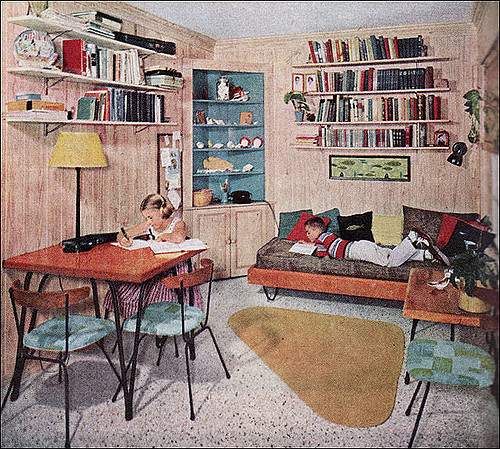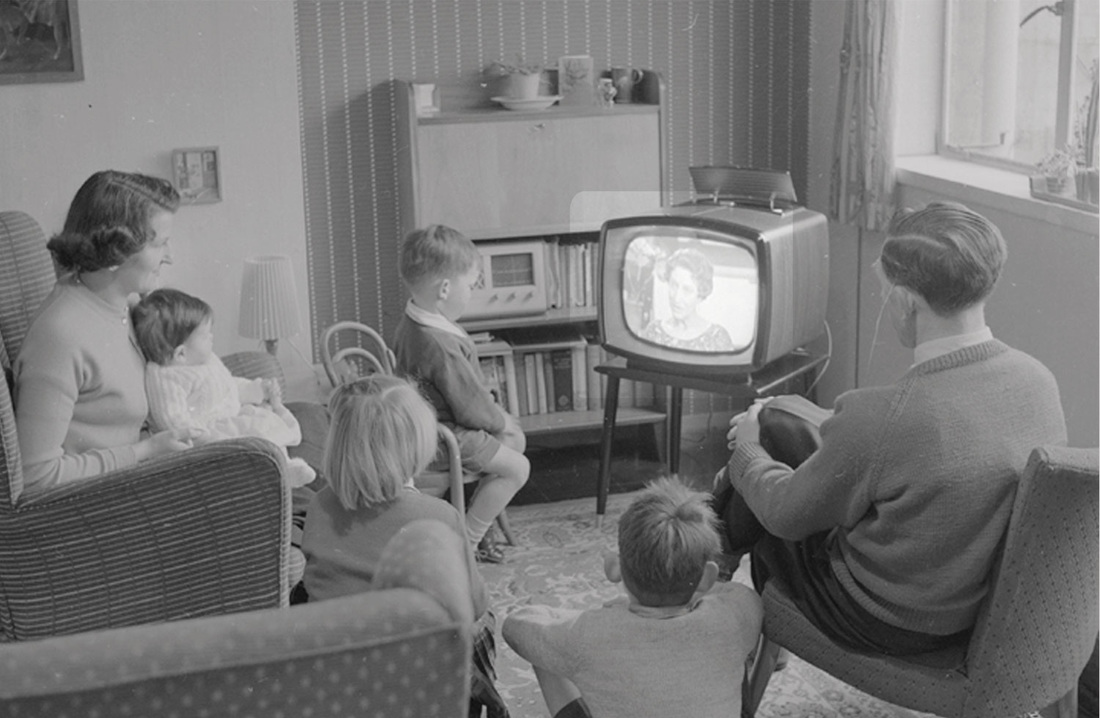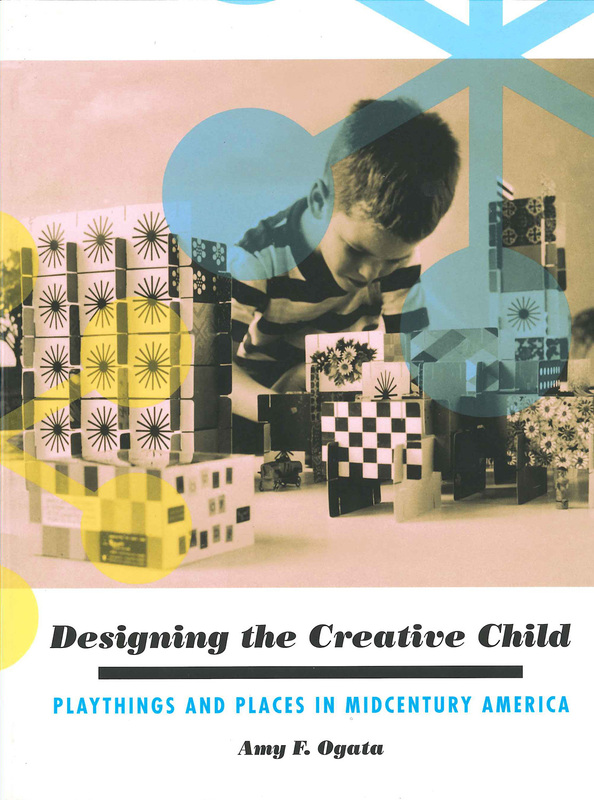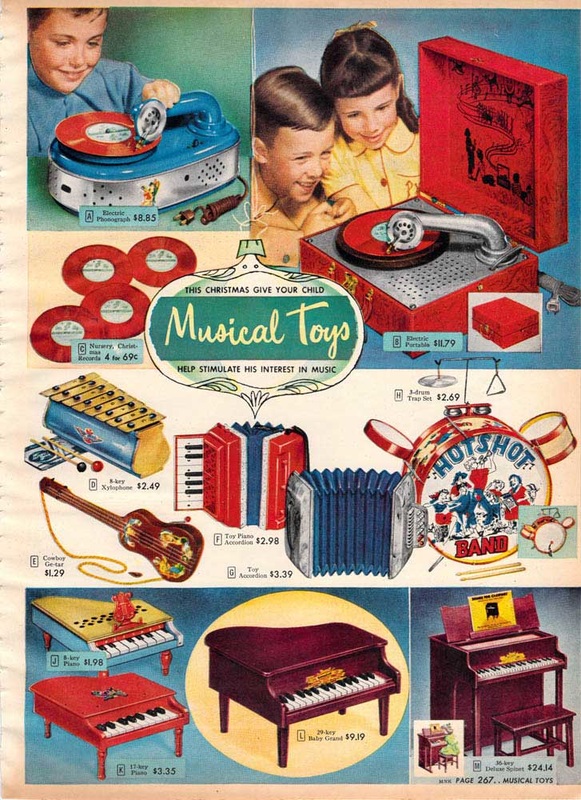I would like to devote this post to Amy Ogata, the most brilliant and innovative design historian I have met, whose book ‘Designing the Creative Child: Playthings and Places in Midcentury America’ was recently published by University of Minnesota Press. This labor of love and remarkable scholarship comes to explore the cult of childhood creativity in the homes, playgrounds, schools, and children’s museums of mid-century middle class America. Ogata began the research for this outstanding volume long before the study of children material culture has taken off, while a professor at the Bard Graduate Center, serving, among other roles, as the advisor for my Ph.D. dissertation. Reading through this beautifully-illustrated and superbly written book, we learn about the tremendous efforts on behalf of psychologists, marketerts, and designers, who sought to ensure that the next generation of Americans in the age of prosperity would be more creative and more cultivated than ever before. They wanted to raise the children to be flexible, innovative, and open to exploration, to poses independent thinking and to develop creativity. The notion that children were naturally creative, and that their creativity should and could be nurtured and enhanced by exposing them to stimulating environments and toys is at the core of this story which I find inspiring, fascinating, and connecting.




